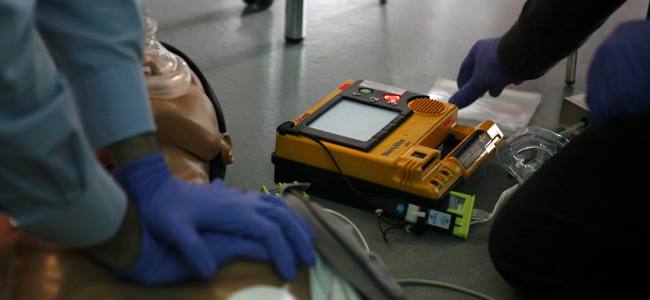
CPR first or Defibrillation first? - Are you sure you're doing the right thing?
Suppose you have to treat a patient with a cardiac arrest. Are you sure you really know what to do? Which are the right steps to do?
Ventricular Fibrillation is considered the most favorable cardiac arrest rhythm, and if treated promptly can result in ROSC with a favorable neurological outcome. Most survival rates are reported using witnessed arrest with a shockable rhythm as opposed to asystole or PEA, as the outcomes of these rhythms are comparatively very poor.
The Resuscitation Academy mantra “everyone in VF survives” has been adopted by many EMS systems around the world to emphasize that these patients can and do survive, and it’s up to us to save them.
Major advances have been made over the past 10 years but CPR and defibrillation are still the bedrock of resuscitation science. The attributes of high-quality CPR were re-affirmed in the 2015 AHA ECC Guidelines.
- Ensuring adequate rate (100-120)
- Ensuring adequate depth (2 to 2.4” or 5 to 6 cm)
- Allowing full chest recoil (avoid leaning)
- Minimizing interruptions to chest compressions
- Avoiding excessive ventilations
Is CPR Before Defibrillation Dogmatic? (KEEP ON READING HERE)


